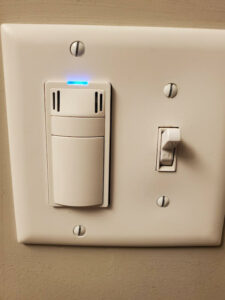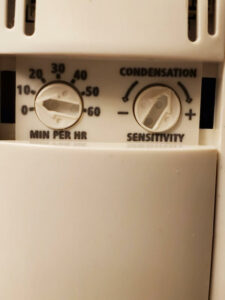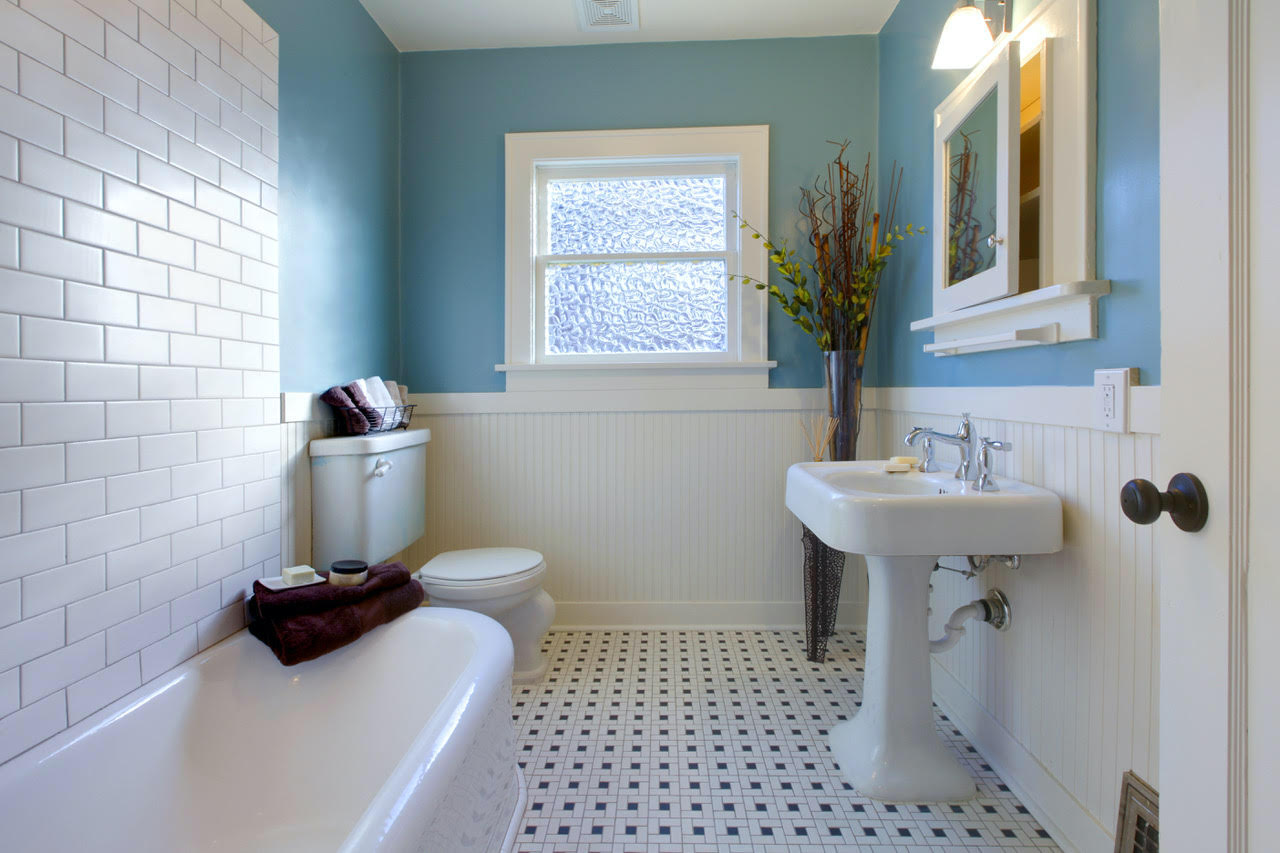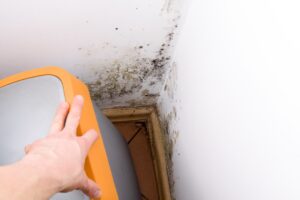Elevated humidity in bathrooms is not a strange occurrence. However, it doesn’t just manifest in a foggy mirror you see after a shower. Excess humidity also creates a perfect environment for the formation of mold, mildew, and bacteria. These problems are much bigger than just fog, and you need to address them quickly to ensure there is no permanent damage.
Luckily, there is an affordable and efficient solution to bathroom mold: a bathroom fan. Read on to find out everything you need to know about it and say goodbye to mold once and for all.
Why Do You Need a Bathroom Fan?
As we mentioned above, bathroom mold can quickly turn into a big issue and cause significant damage. If left untreated, it can seep into your walls and ceilings, degrading paint and the structure as it goes. Furthermore, it can go beyond the bathroom and decrease the air quality in your entire house.
Bathroom fans can exhaust all the excess water from the air and prevent the mold from forming in the first place. In addition, they can quickly dry any wet surfaces in the bathroom after a shower or cleaning.
Having a properly installed and high-quality fan is, thus, of great importance for both your bathroom and your home. Here is everything you need to consider when choosing and installing a fan:
Sizing Is Everything
It is important that you match the size of the room with the air-moving capacity of the fan. That way, the fan will be able to get all excess humidity out of the air efficiently.
 For most standard bathrooms, you need a fan that can move 1 CFM of air per square foot of the bathroom area.
For most standard bathrooms, you need a fan that can move 1 CFM of air per square foot of the bathroom area.
However, you might need a bigger and stronger fan, depending on other factors. These factors include having more floor space, as well as a sauna or a whirlpool bath.
You Need Proper Duct Installation
The moist air that the fan accumulates should not, under any circumstances, go into your attic. If it does, it might cause water damage, mold, or mildew, which can damage the structure of your home and your roof.
To avoid all that, make sure the fan in your ceiling is connected to a dedicated duct made just for fan air output. This duct also needs to be routed to the exterior of your hose, so it doesn’t damage it.
Timer Management and Automatic Sensors
For the fan to be effective, it needs to run for 15 to 20 minutes after you’ve used the bathroom. To ensure this always happens, installing a timer that will automatically turn the fan on and off might be a good idea. It will save you the trouble of managing it yourself, and it will also save you energy.
 Bathroom fans that use automatic sensors (it’s common to adjust it to bathrooms at 50% or lower) and sometimes they don’t even need to kick on during a hot shower. Conversely, sometimes they turn on when no one has been in the bathroom for hours because the humidity is too high.
Bathroom fans that use automatic sensors (it’s common to adjust it to bathrooms at 50% or lower) and sometimes they don’t even need to kick on during a hot shower. Conversely, sometimes they turn on when no one has been in the bathroom for hours because the humidity is too high.
Safety Is Important
A fan is, of course, an electric device. Seeing as it needs to run in a highly humid environment, ensuring it is safe is of utmost importance. To achieve this, make sure the fan is wired to a GFCI for protection against any hazards.
Need Any Further Help?
If you’re still unsure about getting a fan for mold and need further help, contact a professional mold expert. They will help you make the right decision for you and your bathroom.








